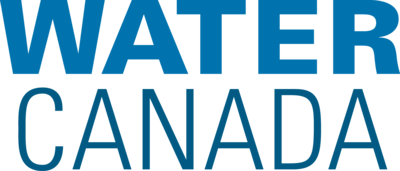WC144 SeptOct 2025 - Magazine - Page 37

“Translatione昀昀ortsshouldfocusonone-timewaterusedecisions,suchasincentives
andrebatesforwater-e昀케cientdevicesand昀椀xtures,ratherthaninitiallytryingto
changedeeplyhabitualwaterbehaviours.”
“Turn the water off while you shampoo and condition
your hair and you can save more than 175 litres a
week.” When auto-translated into Korean, this became:
“Leaving the water turned on while you use shampoo
and conditioner can save more than 175 litres of water a
week.” Thankfully, since this research was completed, the
website has been updated to correct the translation for
the Korean language.
Beyond authentic and accurate translation, it’s
also important to culturally tailor the environmental
messages to the non-fluent English speakers and new
Canadians. Effective engagement strategies should
incorporate familiar communication styles and
references that resonate with cultural perspectives on
environmental responsibility. Non-fluent speakers’
preferences varied across the studies but generally
preferred social media, YouTube videos, and community
organizations to receive important community
information. These communication channels for
campaign messages can enhance targeted message
delivery. Visual and interactive content, such as
infographics and storytelling approaches rooted in
community-specific cultural contexts, will enhance
citizens’ comprehension and retention of water
messaging.
Trust in the information source also plays a crucial
role in influencing pro-environmental water behaviour.
Community leaders, local media, and bilingual
educators can be trusted messengers and better bridge
the communication gap more effectively through general
outreach efforts. Providing multilingual workshops and
interactive demonstrations, particularly through trusted
community networks, further encourage water-saving
practices.
Finally, translation efforts should focus on one-time
water use decisions, such as incentives and rebates for
water-efficient devices and fixtures, rather than initially trying to change deeply habitual water behaviours.
This is because a sufficient level of understanding plays
a dominant role in making rational decisions about
investing in such devices and fixtures due to perceived
impracticality, inconvenience, cost, quality, and aesthetics. As such, an increased level of understanding on how
to overcome these barriers can achieve lasting reduction
in water demand—even after droughts. In contrast,
repetitive curtailment behaviours, such as reducing
showering time or lawn watering time and frequency,
are harder to achieve through information alone. By
integrating these engagement strategies, Canada’s urban
water conservation programs can better overcome the
language and cultural barriers to ultimately foster a more
effective audience engagement.
SUBSCRIBE TO THE EMAGAZINE FOR
FREE AND NEVER MISS ANOTHER ISSUE OF
You asked for it, and we heard you. Water Canada is excited to
unveil a brand new interactive eMagazine option that:
Is easy to share; no download necessary
Links to related articles
Enables immediate engagement with advertisers
Includes video and other rich media
Cloud-based – access your issue anywhere
SUBSCRIBE HERE: WaterCanada.net/subscribe
WAT E R C A N A D A . N E T
WATER C AN ADA • SEP TEMBER/OCTOBER 2025
37